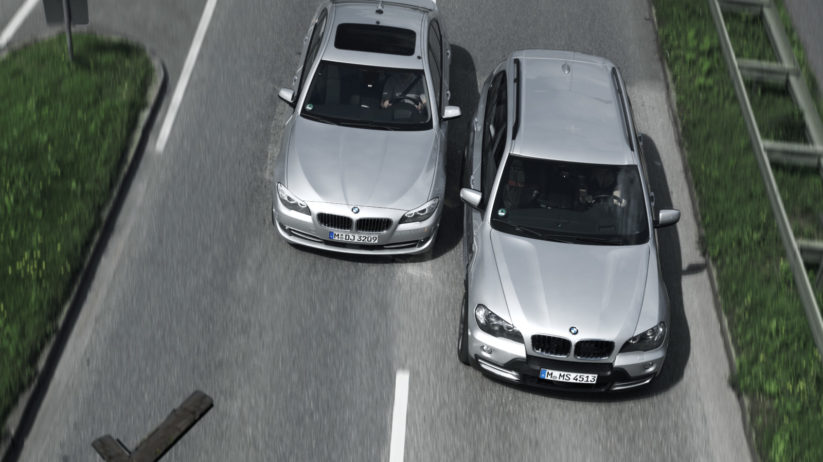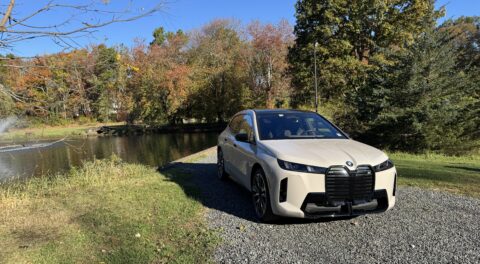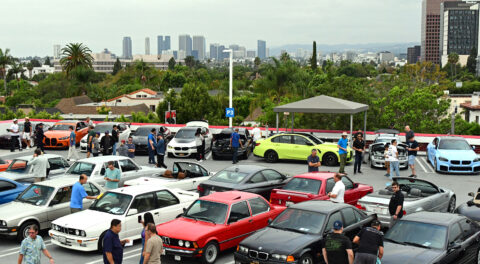Yes, traffic laws are written for the least-skilled drivers—but you should probably still follow them. So what’s the problem? I hate to harp on this stuff too much, but two recent trips from San Diego to Los Angeles and back in the span of six days, along with a recent article on another automotive news outlet piqued my interest in the topic once again.
Those of us who live in large metropolitan areas—we’re in the majority these days, according to the most recent census—are all too familiar with the concept of rush hour and what goes along with it. In the area where I live, this equates to my personal decision to run errands, like grocery shopping or trips to other stores, during alternate time slots, just after everyone has struggled to work in the morning; or late at night, when the majority of the commuting workforce masses have gone home for the evening. The issue, of course, is the pace at which society is moving, much the same way that my preference for a mid-morning weekday golf tee-time can be traced back to pace of play, and avoiding such issues as waiting on the tee box or having another group biting your heels.
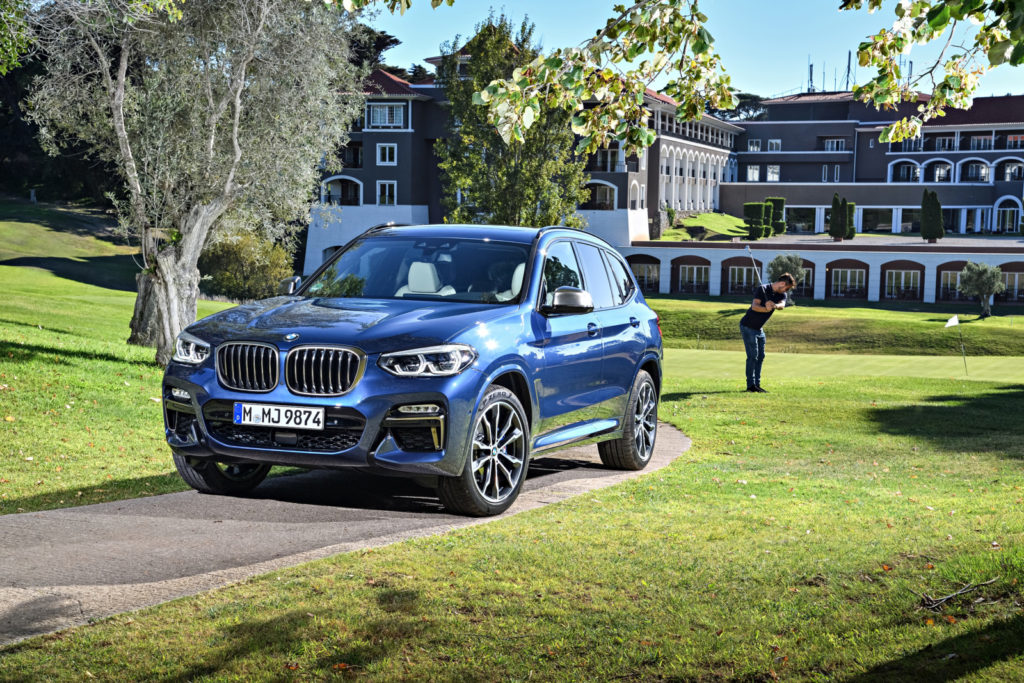
With this in mind, many have come to accept the realities, like left-lane discipline being a pipe dream in the U.S.—or at least in Southern California. For someone who lives south of Orange County, trips north, no matter how compelling the purpose, are always met with a bit of chagrin, as battling your way through the epicenter of modern urban sprawl and concrete that is LA always weighs heavily on the mind. Unless you leave well before sunrise, you’re almost guaranteed a delay of some sort, and even with a redeye departure, the chances of slowing to crawl at least a few times remain high. The same goes for the fast lane, or clear roads in general.
Those of us who crave the adrenaline rush of carving corners typically elect to do so early in the morning, well before the rest of society’s minions have dug themselves out from their dwellings.
To circle back to my initial question, what’s the problem? Ask anybody if they enjoy sitting in traffic, and the answer is almost universally negative; but when the rubber meets the road, and we’re all sitting bumper to bumper on the 405, almost every individual around us seems hell-bent on making the process as torturous and inhumane as possible.
An over-analytical person like me has long since learned to at least attempt efforts at acquiescing to these situations. But what are we to do when the bar continues to be lowered?
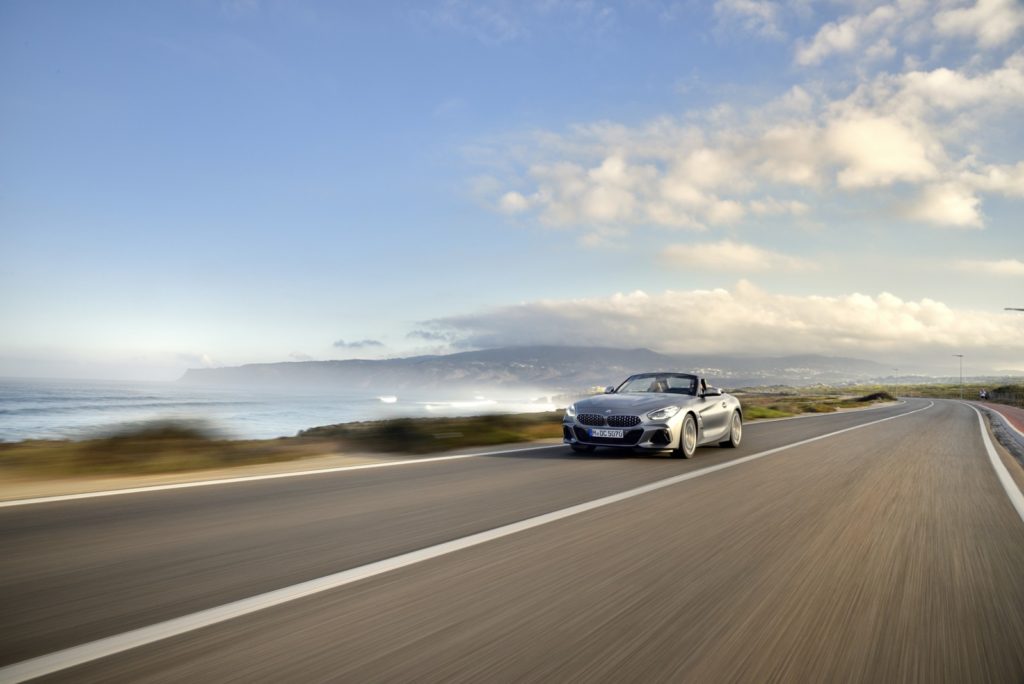
As the title suggests, laws, regulations and other guidelines tend to be written in applicable, enforceable language that is intended to apply to the lowest common denominator. This one-size-fits-all approach has multiple benefits, including keeping the entropy of human movement relatively safe and predictable, along with allowing the more savvy among us to slip through the cracks when our finely-tuned judgment deems a given situation to be safe. Unfortunately, as of late it seems that the fibers which hold together the unnamed tacit agreement among drivers are beginning to fray.
Although it’s dangerous to generalize, it seems to me that the readers of this website are usually on the right side of things when it comes to understanding the rules of the road and why they exist; with this knowledge comes a certain confidence that makes us comfortable with cruising a bit faster than the speed limit, or on trying to maintain a vestige of left-lane discipline. Lately, however, it feels like even these minor transgressions are becoming a bit risky in even the best of circumstances.
The issue is other drivers.
Whether it’s a trip to the local bodega or a jaunt up the the freeway, the growing unawareness by the masses on American thoroughfares seems to be accelerating in severity. I touched on this subject in my last cathartic complaint column; at that time, I assigned blame to our seemingly growing disconnectedness as a society. This remains a major factor, I think, because what can people possibly be thinking about when they pull out from a driveway without the slightest tap of the brakes or glance for traffic?
As someone who has long considered himself a defensive driver, with a watchful eye on people’s tires and their proximity to the white lines, among other indicators, I find that navigating the main drag in my own neighborhood has become exhausting during the wrong time of day, much in the same way a brutal rush-hour commute is.
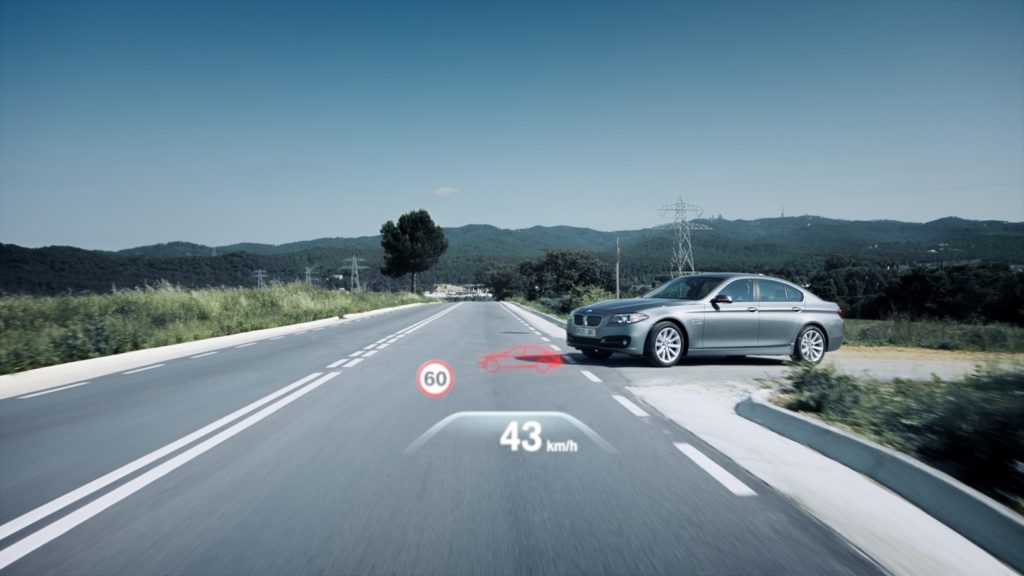
As a driving society, we really are primed for automation to take over. But in the lull before we’re all riding in homogenous pods, and places like the Thermal Club are all that remain for us to stretch the legs of our antiquated machines, we should at least be able to enjoy a time when those who find the mental gymnastics of being courteous and safe on a freeway too much will be kept discreetly out of the way. The self-driving cars of today and tomorrow are and will be programmed to avoid risk and prioritize safety, which is all some of us are truly asking for: Don’t merge in front of a vehicle that’s about to overtake you, come to a full stop before pulling out onto any street—just the basics.
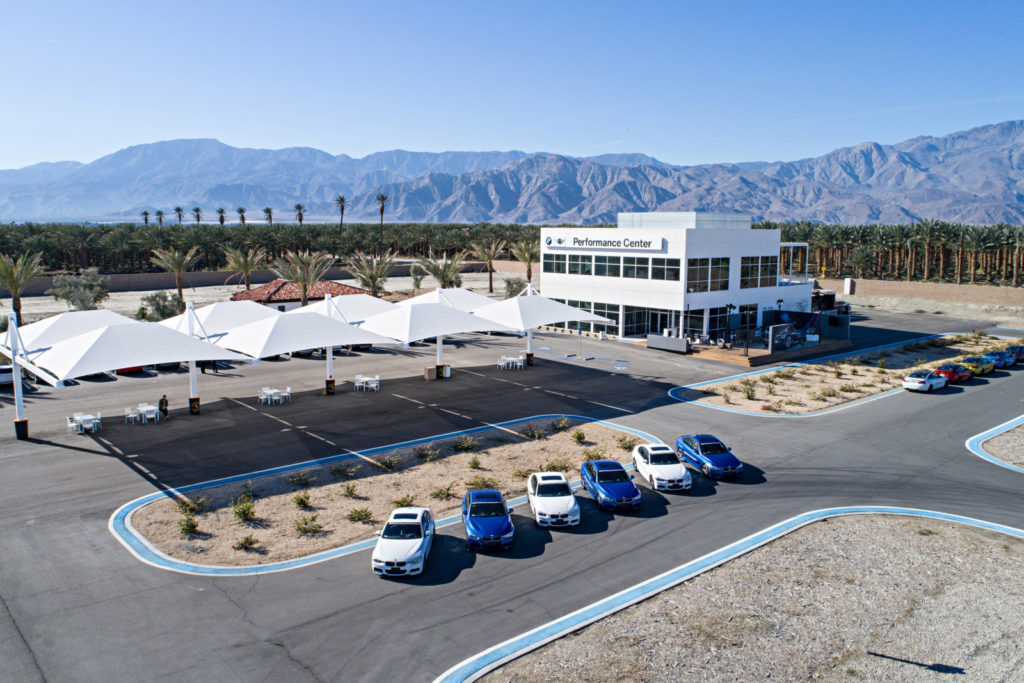
Until then, a part of me will still struggle to comprehend why it seems like the vast majority of other drivers insist on merging onto a 65-mph freeway while doing 35, but I’ll do my best to not punch the steering wheel over it. My recent trips up to LA and back actually ended up going much more smoothly than expected, but this was largely due to my taking it upon myself to plan the best routing and departure times, along with maintaining the exhausting head-on-a-swivel observational technique to steer clear of potential collisions and other issues.
When the congestion did finally open up on the way home, I was honestly surprised by my own ability to navigate through clusters of cars without a single one of them having to alter its speed or change lanes—you know, the way it should be, according that pipe dream I mentioned earlier. —Alex Tock
[Photos courtesy BMW AG.]

